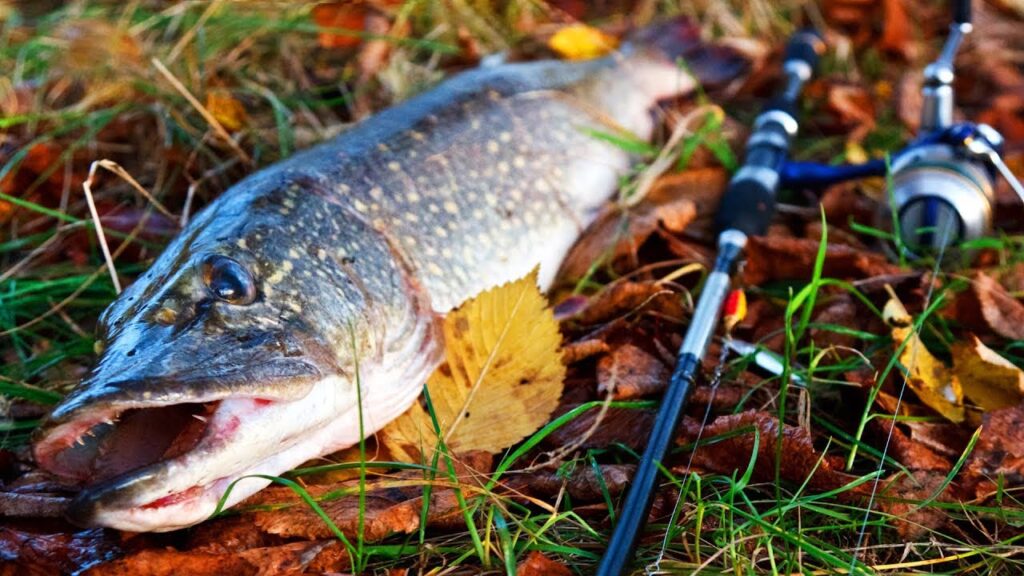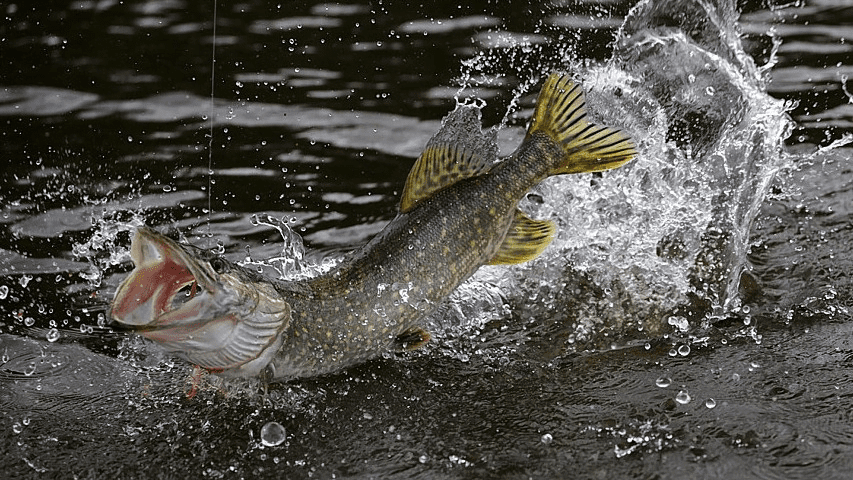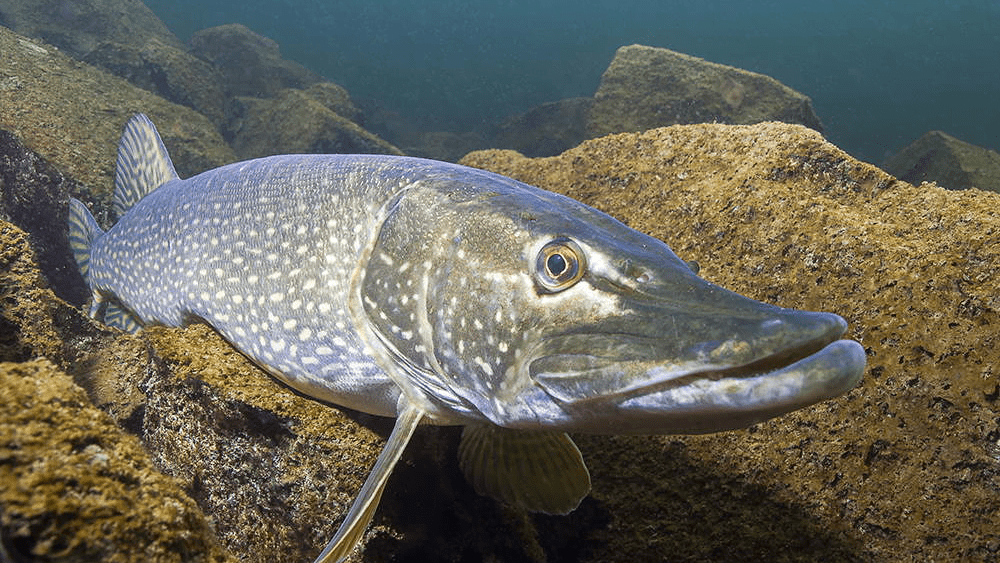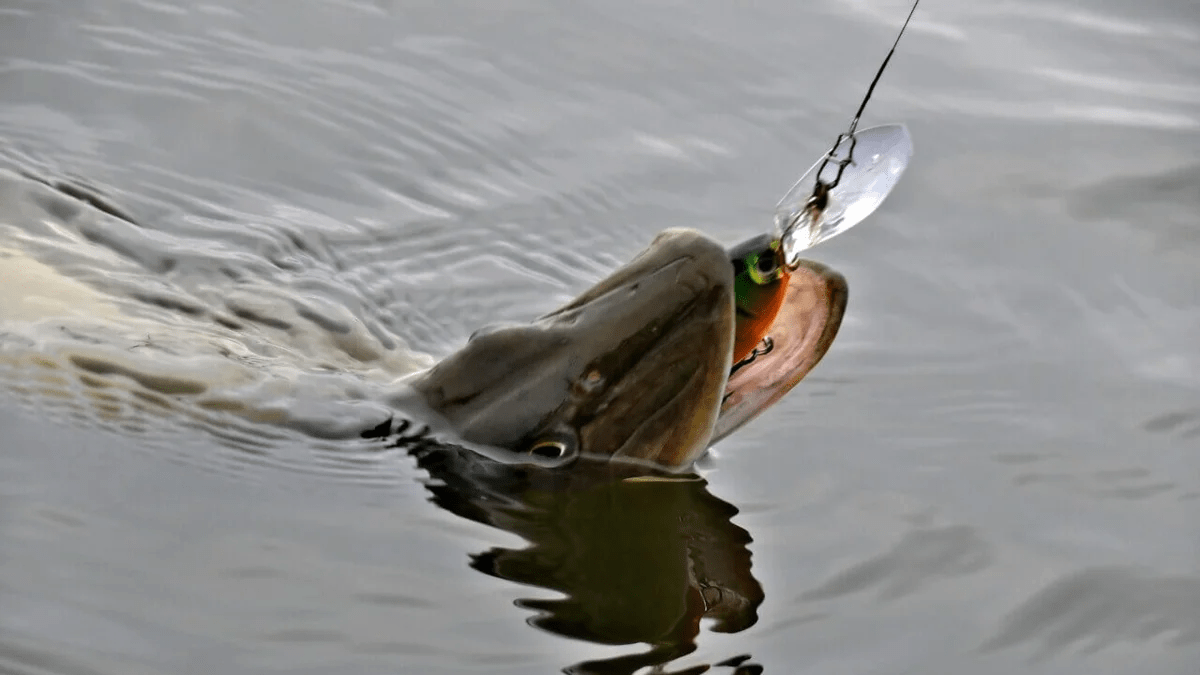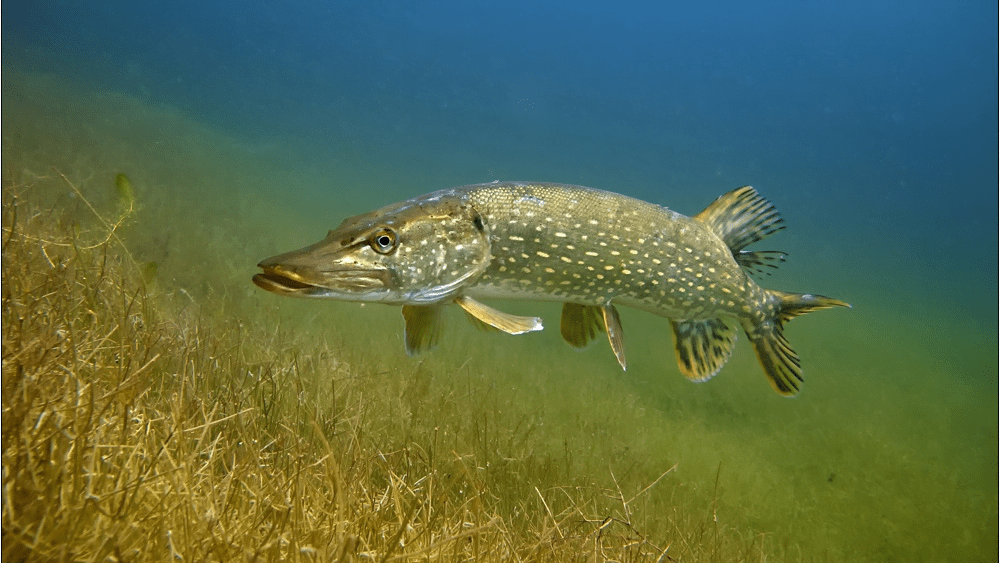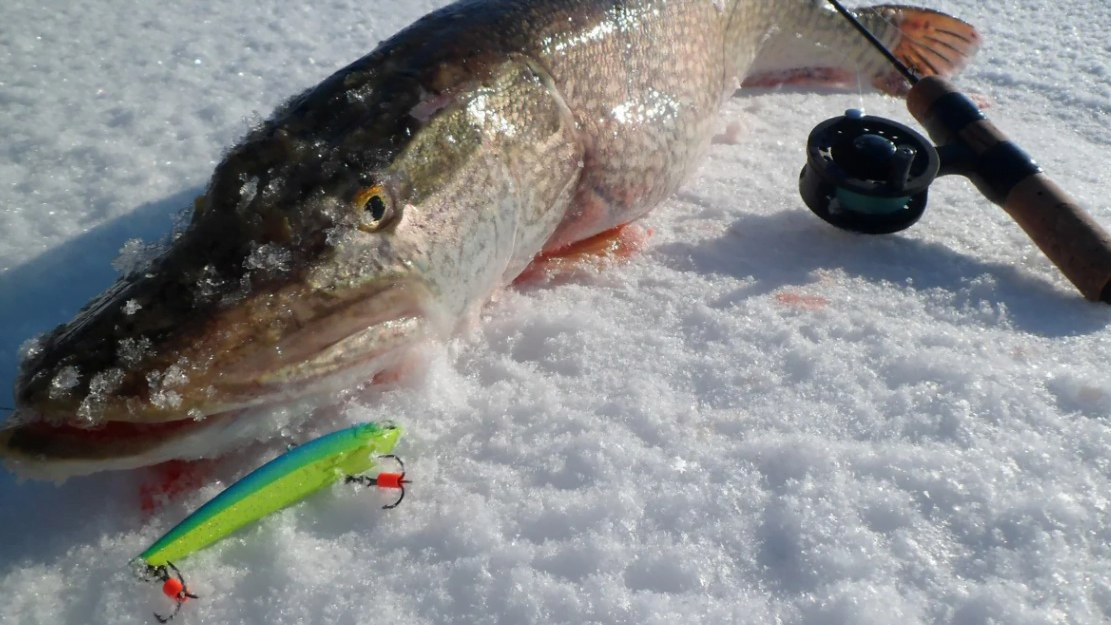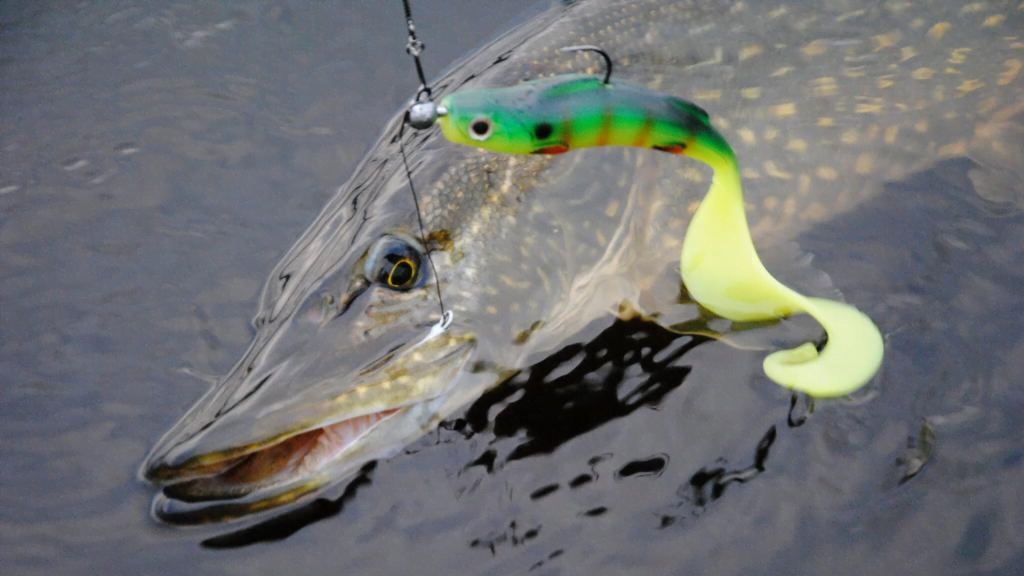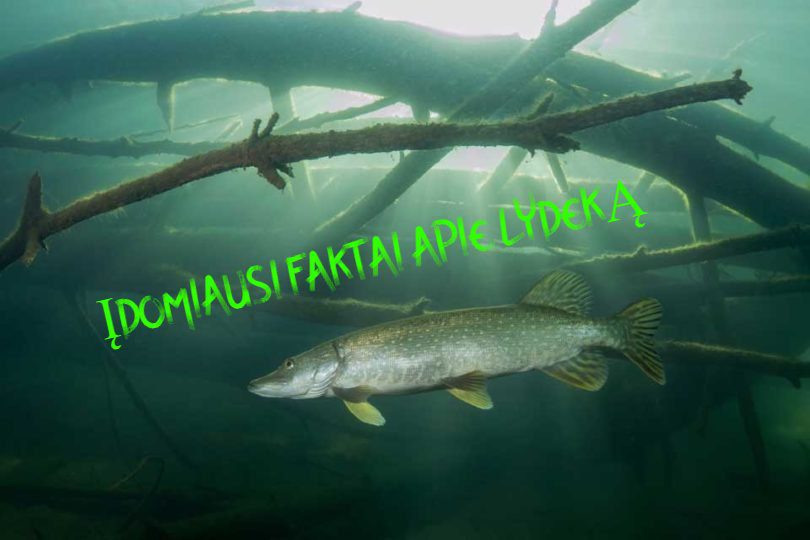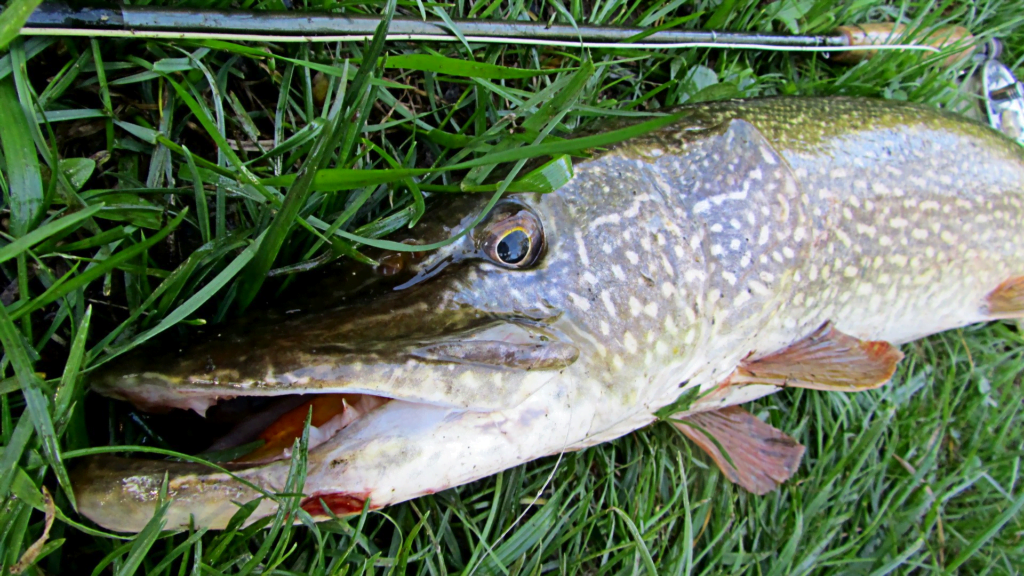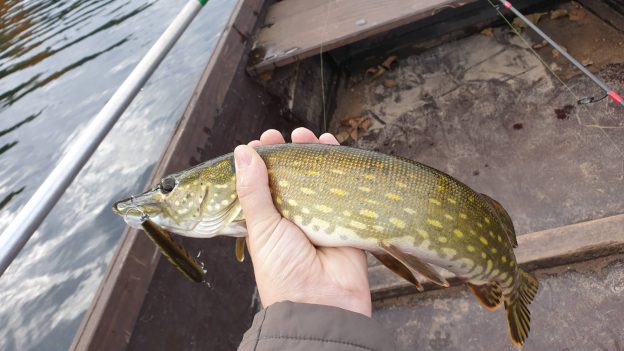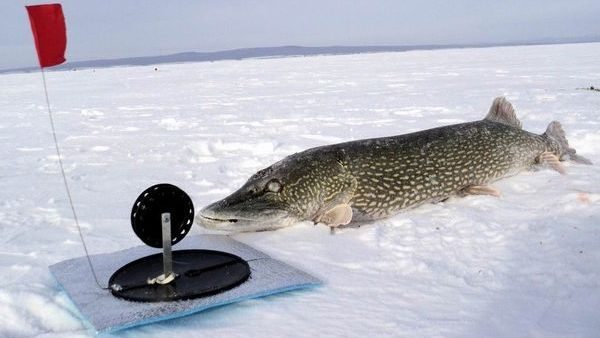Pike fishing is the most popular fishing method among anglers in our country. Pike fishing popular both because of the wide distribution of this fish and because of the possibility of catching it all year round. Pike can be caught in a variety of ways both in the summer, in the open water season, and in the winter on the ice. When catching pike, the peculiarities of its behavior at different times of the year should be taken into account. The dream of any angler is to catch a pike weighing more than 10 kg. Pike many perceive it as a symbolic trophy that speaks of the skill and success of the fisherman who caught it. In our article, we will try to find out how to catch pike in different types of water bodies at different times of the year, how to choose a place for fishing and tell about the most popular fishing methods.
Peculiarities of pike fishing
Fishing for pike is usually carried out in difficult conditions: in the thick of underwater vegetation, moreover, the hooked pike stubbornly resists, makes sudden throws from one side to the other, makes candles. Therefore fishing tackle for pike fishing must be as strong and durable as possible. Powerful rods, reels, strong braided lines, strong leads and reliable hooks.
The pike has sharp teeth that can easily cut through even the thickest line. Be sure to use leashes when catching pike. Different types of leashes are used for pike fishing: tungsten, titanium, fluorocarbon. The length of the leash is selected according to the fishing conditions and the bait used, usually 15-20 cm. When catching trophy pike, the length of the leash can be increased to 30 cm.
A pike's mouth is very tough, so make sure your hooks are sharp enough before fishing. The hooks can be sharpened with a needle file. Special pliers should be used to remove the hook.
When fishing for pike in the summer, the angler should have a hook with him to pull the pike out of the water.
Pike fishing can be done both from the shore and from a boat. Catching pike from a boat is much more convenient in large bodies of water, where promising fishing spots can be far from the shore. The pike is extremely curious, the noise of the oars and the movement of the boat not only do not deter the pike, but on the contrary attract its attention. In a small river or lake, it makes no sense to fish from a boat, because you can reach practically all places by casting bait from the shore.
Large pike can live in a very small body of water. With a good food base, the pike grows to a very significant size and becomes a dominant predator. Catching large pike requires a large bait. When catching large pike by spinning, you can safely use 15-20 cm long silicone lures and 110-130 mm long wobblers. You can see the most popular wobblers for pike by reading this article of mine. When starting pike fishing, you need to choose a suitable fishing spot. The section of the reservoir with a flat bottom, without vegetation, is not suitable for pike, they simply have nowhere to hide, so fishing in such a place is unlikely to be successful.
When fishing for pike, it is important to choose the right bait. The best live bait for catching pike - body. It is also perfect for roe, roaches, perch. All these fish are widespread in our reservoirs and are well known for pike.
Pike fishing in different seasons
Pike feed all year round, so you can catch them all year round, but pike activity varies throughout the year. The angler must take into account the activity of the pike when choosing a fishing method and tactics. Experienced anglers have success fishing for pike all year round, while beginners are best off catching pike during peak activity periods.
Pike fishing in spring
There are two periods suitable for pike fishing in spring. The first period is pre-spawn active baiting, which begins when the ice melts, about a week before spawning, and ends after spawning begins. Before spawning, pike are good on both live and artificial bait.
During spawning, which starts from February 1. and ends on April 30, pike are not interested in food at all. Fishing for pike is prohibited during this period. After spawning, the pike gradually recovers its strength and begins to actively feed, this activity continues practically throughout the month of May. Two or three weeks after spawning - by himself the best time for pike fishing is spring.
Pike fishing in the summer
High water temperature in summer has a bad effect on the well-being and activity of the pike. End of June-July - the hottest summer months - not a good time for pike fishing. At this time, pike leave the shallow places of reservoirs, preferring to stay in hard-to-reach places: grass and holes.
Due to the abundance, availability and diversity of the food base, pike become very picky about food in the summer. Pike fishing at this time of year depends on the angler's ability to choose the right bait that will provoke the pike to bite.
Pike fishing in autumn
Autumn - from September to early November - is the best time for a beginner angler to start pike fishing in open water. The autumn cooling of the water tells the pike that winter is coming. Without the necessary energy, it will not survive the long and harsh winter. The pike begins to hunt more intensively, its feeding becomes more frequent and longer. In autumn, pike leave their summer places and begin to move more actively around the reservoir.
In autumn, pike baiting sometimes lasts all day with short breaks. In autumn, it is best to catch pike with spinning, large baits, but other fishing methods can be very effective. Cloudy days with small ripples on the water surface are ideal weather conditions for pike fishing.
Pike fishing in winter
Pike are caught throughout the winter, but the best fishing periods are the first and last ice. As soon as ice forms on the reservoirs, the winter pike season begins, which anglers call the first ice. This is the best time for pike fishing in winter, this period lasts from one to three weeks. After that, pike activity gradually decreases. As winter draws to a close, the pike become active again with the arrival of spring thaws.
Pike fishing spots
The pike perfectly adapts to the habitat conditions. Pike can live and breed successfully in both standing and flowing water. Pike are not afraid of fluctuations in the water level, decreased water saturation with oxygen, and fluctuations in water temperature. With a food base, it can adapt to any conditions. Pike can inhabit both clean and vegetated areas of water bodies.
The most promising places for pike fishing
- Border of vegetation (grasses, reeds) with open water. Pike are well camouflaged in underwater vegetation and often use such areas for ambush.
- Windows of clear water surrounded by vegetation.
- Bottom irregularities, depth differences. The pike attacks the prey located on the higher horizon.
- Bridge abutments, poles, piles on rivers are often shelters behind which pike hide. In such places, the water current is divided into two parts and a reverse current is often formed. The pike stands behind cover, hiding from the current.
- Trees growing on the coast, close to the water, often have bare roots that are washed away by the current, behind which the pike stands as a shelter. The canopy of such trees creates a shadow on the water, on a hot sunny day in such a place small fish will hide from the hot rays of the sun and can easily become prey for pike.
- Pike often use drifting tree branches in the water for bait.
- The shallow crevices are full of flocks of fry basking in the sun, and pike come to hunt them. A pike hides on the bottom behind a crack and attacks small fish from below.
- The steep banks of the river have been washed away. In these hollows, the pike sets up an ambush.
- Thickets of reeds are the main place for catching pike in winter on the first ice.
- Deep holes are the best place for pike fishing in autumn and winter.
